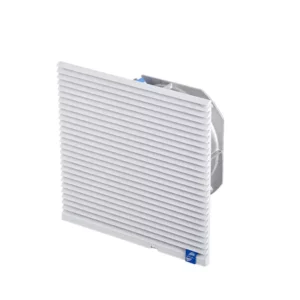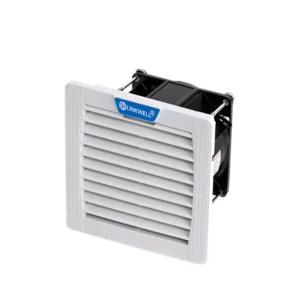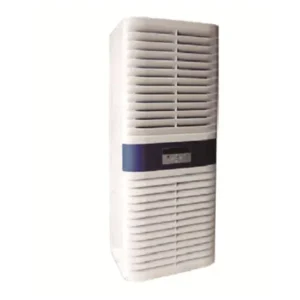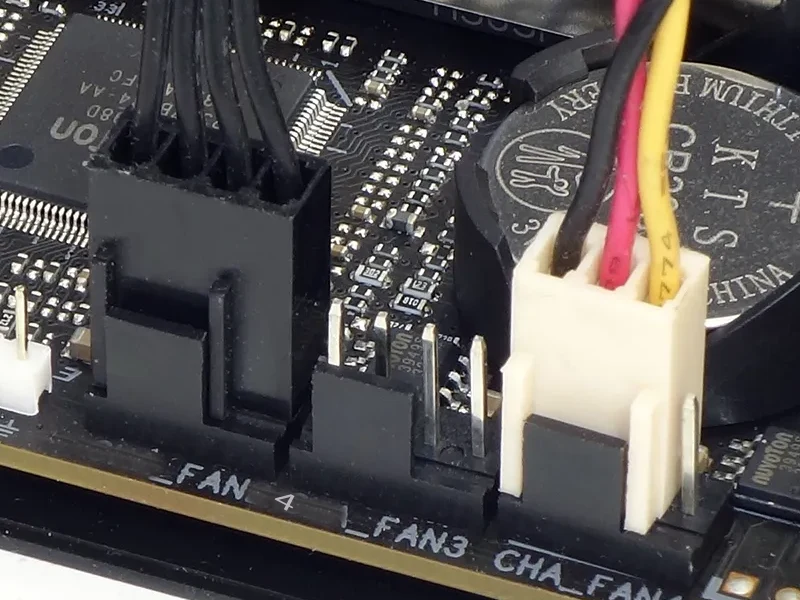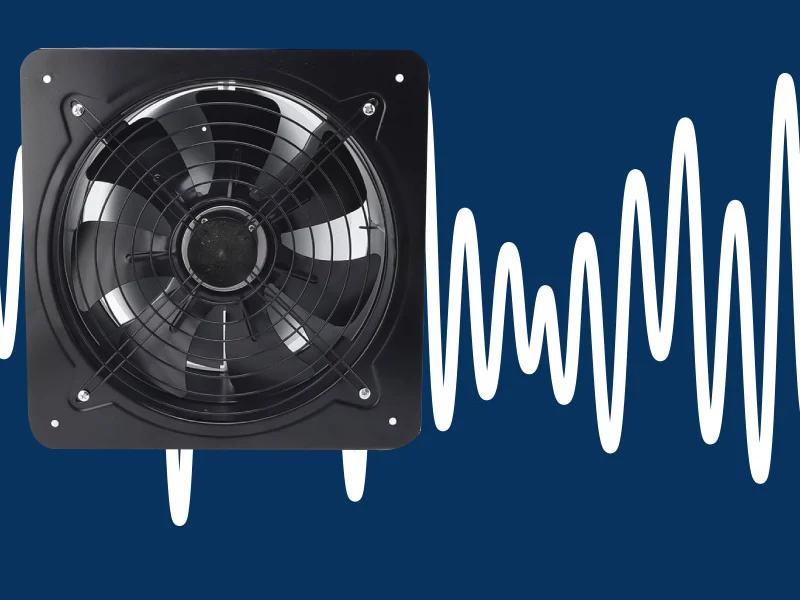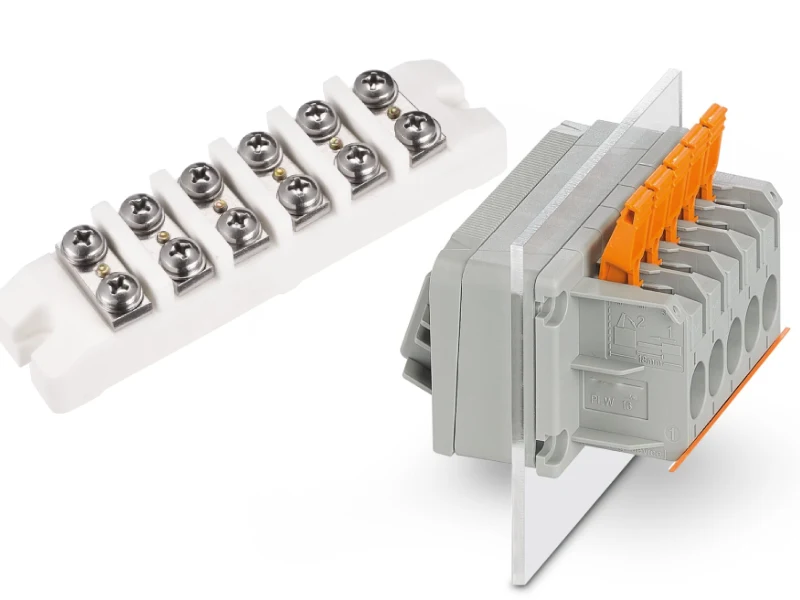You might not realize how much heat your battery can produce during regular use. If you ignore battery thermal management, you risk overheating, which causes 62% of lithium-ion battery failures. Cooling keeps batteries safe, boosts performance, and extends lifespan. Different cooling methods—air, liquid, passive, and active—work for various battery types and setups. Take a look at how common cooling strategies fit with different battery designs:
| Battery Type | Cooling Method | Adoption Rate |
|---|---|---|
| Cylindrical | Serpentine cooling tubes | High |
| Pouch | Edge cooling with cold plates | Moderate |
| Prismatic | Multi-surface cooling | Moderate |
Choosing the right cooling solution matters for every battery application, from portable devices to solar cabinets.
Key Takeaways
- Effective battery thermal management prevents overheating, which can cause 62% of lithium-ion battery failures.
- Choosing the right cooling method—air, liquid, passive, or active—depends on your battery type and usage environment.
- High temperatures can reduce battery lifespan by up to 50%, so maintaining optimal temperature is crucial for performance.
- Advanced cooling solutions, like phase change materials and hybrid systems, enhance battery safety and efficiency.
- Regular maintenance of cooling systems, such as cleaning filters and checking for leaks, ensures long-lasting battery performance.
Importance of Battery Thermal Management
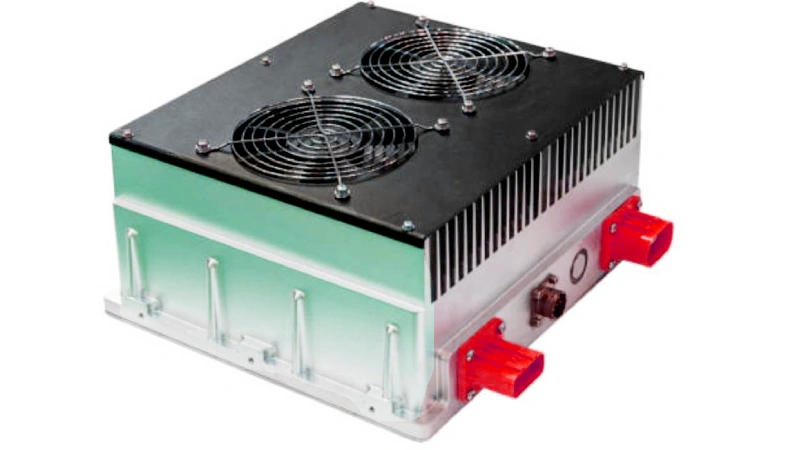
Safety and Reliability
You might think your battery is safe as long as it works, but temperature plays a huge role in keeping batteries reliable. When batteries get too hot, they can experience thermal runaway—a dangerous chain reaction that can lead to fires or explosions. The Fire Safety Research Institute found that poor thermal management can cause battery fires in less than an hour if exposed to external heat or overcharging. That’s why you need to pay attention to how your battery stays cool.
Did you know? A 10°C rise in battery temperature can cut its cycle life by up to 50%. That means your battery could fail twice as fast if it overheats.
Take a look at how thermal management impacts safety and reliability:
| Aspect | Description |
|---|---|
| Thermal Runaway Prevention | Good thermal management stops heat buildup, lowering the risk of fires or explosions. |
| Performance Improvement | Keeping batteries at the right temperature boosts efficiency and reliability. |
| Lifespan Extension | Managing heat helps batteries last longer and prevents fast material breakdown. |
Performance and Lifespan
You want your battery to last and perform well, whether it’s in a solar cabinet, a portable device, or an engine start system. Temperature swings can mess with how batteries work. High temperatures speed up chemical reactions, which can wear out your battery faster. Low temperatures make it harder for batteries to hold a charge and can increase resistance inside the cells.
- High temperatures can cause faster degradation and reduce driving range.
- Operating below 15°C increases resistance and lowers capacity.
- Temperatures above 35°C can trigger irreversible chemical changes and raise the risk of thermal runaway.
If you use batteries in extreme cold, you’ll notice a drop in range and capacity. In hot conditions, batteries age much faster. That’s why thermal management is key for keeping your battery’s lifespan long and its performance steady.
How Batteries Generate Heat
Internal Reactions
You might wonder why your battery gets warm during use. The answer starts inside the battery itself. When you charge or discharge a battery, chemical reactions happen between the electrodes and the electrolyte. These reactions release energy, and some of that energy turns into heat. The amount of heat depends on how healthy your battery is and how fast you use it.
Take a look at this table to see how different conditions affect heat generation:
| State of Health (SOH) | Current Rate (C) | Heat Generation Type | Description |
|---|---|---|---|
| 100% | 0.25C | Lower | Low irreversible heat due to small internal resistance. |
| 95% | 0.33C | Moderate | Increased heat generation as current rate rises. |
| 90% | 0.5C | Higher | Significant increase in both reversible and irreversible heat generation. |
| Aging | Varies | Increased | Aging intensifies internal chemical reactions, leading to higher irreversible heat. |
As your battery ages, it produces more heat. If you use higher current rates, you also see more heat. This matters for engine start batteries, portable batteries, and solar battery cabinets, since they often face different usage patterns and lifespans.
External Factors
Heat doesn’t just come from inside the battery. Outside conditions play a big role too. If you use your battery in a hot room or under direct sunlight, it heats up faster. Charging rates and how well your battery’s housing lets heat escape also affect temperature.
Here’s a quick look at what influences battery heat from the outside:
| Factor | Observation |
|---|---|
| Current Rates | Higher current rates lead to increased heat generation within the cells. |
| Ambient Temperature | Heat generation remained relatively stable as the temperature rose within the tested range. |
- Ambient temperature influences battery temperature.
- Insulation and battery housing design affect heat dissipation.
If you keep your solar battery cabinet in a cool, well-ventilated spot, it stays safer and lasts longer. Portable batteries and engine start batteries also benefit from good airflow and smart design. You can help your battery stay cool by paying attention to where and how you use it.
Main Cooling Methods
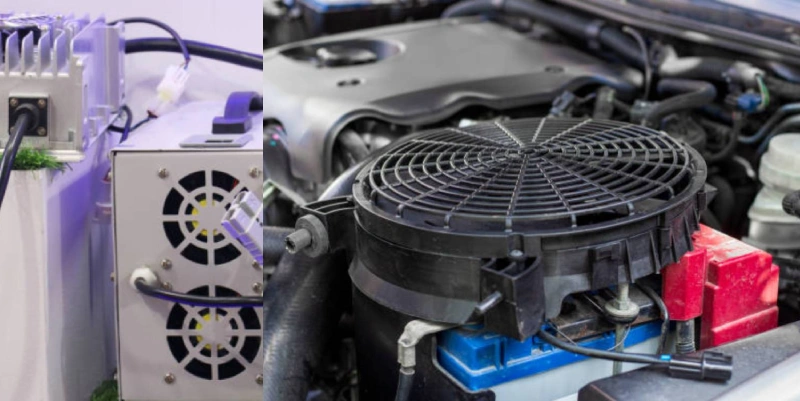
When you look at battery thermal management, you’ll see several cooling methods that help keep batteries safe and efficient. Each method works differently and fits specific needs. Let’s break down the main cooling methods you’ll find in engine start batteries, portable batteries, and solar battery cabinets.
Air Cooling and Fans
Recommended products
Air cooling is one of the simplest cooling methods. You use fans or blowers to move air around the battery pack. This method works well for small systems and is easy to set up. You’ll see air cooling in portable batteries and solar battery cabinets. Fans help push cooler air in and pull warmer air out, keeping the temperature steady.
Linkwell’s electrical enclosure ventilation systems use fan filter units and ventilation panels to boost airflow. These systems prevent overheating, reduce moisture, and protect sensitive components from dust. You get reliable cooling and better battery performance. Cabinet air conditioners from Linkwell add another layer of control, using advanced filters and thermostats to keep the temperature just right.
Tip: Air cooling methods are affordable and simple, but they may not handle high heat loads in larger battery systems.
Most air cooling methods work best when the battery isn’t under heavy stress. If you use your engine start battery or solar battery cabinet in a mild climate, air cooling can keep things safe. However, air has low thermal conductivity, so it may not cool batteries fast enough in high-performance setups.
| Cooling Type | Heat Dissipation Efficiency | System Complexity |
|---|---|---|
| Air Cooling | Low | Simple |
| Liquid Cooling | High | Complex |
Liquid Cooling
Liquid cooling methods use fluids like water or special coolants to absorb and carry away heat from the battery. You’ll find liquid cooling in systems that need strong thermal management, such as large solar battery cabinets or high-capacity engine start batteries. Liquids have much better thermal conductivity than air, so they can move heat away quickly.
Liquid cooling methods often use pipes, cold plates, or heat exchangers. These setups let you control the temperature more precisely. You can keep batteries at safe levels even when they work hard. In fact, liquid cooling can reduce the need for big air conditioning units, saving space and energy.
If you switch from fan-based AC cooling methods to liquid cooling in a large solar battery cabinet, you might cut annual energy use by 40% and extend battery life by 30%. The upfront cost is higher, but you save money over time with lower electricity bills and longer battery lifespan.
- Liquid cooling methods absorb heat faster and in larger amounts.
- You get better battery thermal management and improved reliability.
- Liquid cooling methods work well for high-density setups and tough environments.
Passive Cooling
Passive cooling methods rely on natural processes like convection and radiation. You don’t use fans or pumps. Instead, you design the battery housing to let heat escape on its own. Passive cooling works best when the ambient temperature is lower than the battery’s target temperature.
You’ll see passive cooling methods in small portable batteries and solar battery cabinets that don’t face extreme heat. These methods use vents, louvered windows, or special materials to help heat move out. Passive cooling methods are energy efficient and have low maintenance needs.
| Advantages of Passive Cooling | Limitations of Passive Cooling |
|---|---|
| Energy efficiency due to minimal power requirement | Only viable when ambient temperature is lower than target operating temperature |
| Lower upfront costs and reduced maintenance | Insufficient for high ambient temperatures, requiring active cooling |
| Fewer components leading to simpler systems | May not meet cooling requirements in extreme conditions |
Passive cooling methods are great for simple setups, but they may not work if your battery faces high heat loads or tough conditions. You might need to add active cooling methods for better control.
Active Cooling
Active cooling methods use mechanical or electrical devices to remove heat from the battery. You’ll find fans, radiators, vapor compression systems, and cabinet air conditioners in these setups. Active cooling methods can keep battery temperatures at or below ambient levels, which is crucial for engine start batteries and solar battery cabinets in harsh environments.
Linkwell’s cabinet air conditioners offer advanced active cooling methods. These units use inverter compressors, EC fans, and digital thermostats to manage temperature precisely. You get IP54/IP65 protection, so your battery stays safe even outdoors or in dusty places. Active cooling methods handle higher heat loads and give you better battery thermal management.
- Active cooling methods are more effective at removing heat than passive cooling methods.
- You get better performance for charging and propulsion.
- These methods require more energy but offer stronger control.
| Feature | Active Cooling | Passive Cooling |
|---|---|---|
| Heat Transfer | Enhanced by mechanical components | Relies on natural convection |
| Temperature Control | Maintains lower temperatures | Limited to ambient temperature |
| Heat Load Management | Handles higher heat loads | Less effective under high heat loads |
| Energy Consumption | Consumes energy for operation | No external energy required |
Active cooling methods, like Linkwell’s cabinet air conditioners, extend the lifespan of sensitive components and improve system reliability. You get consistent performance, even in harsh environments.
Comparing Cooling Methods
Let’s sum up the main cooling methods for battery thermal management:
- Air cooling methods are simple and cost-effective. They work well for small batteries and mild climates.
- Liquid cooling methods offer high efficiency and precise control. They fit high-performance batteries and large solar battery cabinets.
- Passive cooling methods save energy and reduce maintenance. They suit low-power batteries in cool environments.
- Active cooling methods provide strong temperature control and handle tough conditions. They are ideal for engine start batteries and solar battery cabinets that need reliable cooling.
When you choose cooling methods, think about your battery’s size, environment, and workload. Linkwell’s electrical enclosure ventilation and cabinet air conditioners give you flexible options for every need. You can keep your batteries safe, efficient, and long-lasting with the right cooling methods.
Advanced and Hybrid Solutions
You might wonder what’s next for battery thermal management. As batteries get more powerful, you need smarter cooling methods to keep them safe and reliable. Let’s look at some advanced and hybrid solutions that are changing the game for engine start batteries, portable batteries, and solar battery cabinets.
Phase Change Materials
Phase change materials (PCMs) are a cool way to manage heat. When your battery heats up, PCMs absorb that heat by changing from solid to liquid. When things cool down, they turn back to solid and release the stored energy. This keeps your battery at a steady temperature, even during heavy use.
| Key Features of PCMs | Benefits in Battery Thermal Management |
|---|---|
| Large latent heat | Absorbs and releases heat, keeping temperatures stable |
| Good temperature uniformity | Prevents overheating and thermal runaway |
| Improved thermal conductivity | Boosts performance and reliability |
| Flame retardancy | Increases safety for your battery |
| Electrical insulation | Makes your battery system more reliable |
You’ll see PCMs in many new ev battery cooling methods. They help batteries in solar cabinets and portable devices stay cool, even when the weather gets hot.
Thermoelectric Cooling
Thermoelectric cooling uses special materials that move heat away from your battery when you run electricity through them. These systems work well for batteries that face high loads or need precise temperature control. You can combine thermoelectric coolers with other methods to keep your battery at the perfect temperature, even during long use.
- Hybrid systems using thermoelectric cooling and PCMs can keep battery temperatures below 45°C, even during fast charging or discharging.
- Air cooling with thermoelectric elements works for high-power batteries, but you might need extra help for extreme conditions.
Thermoelectric cooling gives you more control over your battery’s thermal environment. This means better performance and longer life for your batteries.
Hybrid Systems
Hybrid systems mix different cooling methods to get the best results. For example, you can use liquid cooling with PCMs or combine air cooling with thermoelectric elements. This approach helps you handle big temperature swings and heavy use.
Hybrid ev battery cooling methods work well for solar battery cabinets and energy storage systems. They keep your batteries safe by spreading out heat and preventing hot spots. Research shows that using parallel liquid cooling with smart flow paths can make your battery system even more efficient.
Tip: Linkwell’s innovative cooling products, like compact ventilation fans and modular terminal blocks, help you build flexible hybrid systems. You can customize your setup for any battery application, from small portable devices to large solar cabinets.
You’ll find that advanced thermal management solutions use new materials and smart designs. These improvements help your batteries last longer, stay safer, and work better in tough environments.
Choosing the Right Cooling Method
Application Needs
You want your batteries to stay safe and work well, but not every cooling method fits every situation. Start by thinking about where you use your battery. Engine start batteries, portable batteries, and solar battery cabinets all have different needs. If you use a battery in a hot, humid place, you need a cooling system that can handle moisture and temperature swings. High humidity can cause corrosion and damage, while low humidity might lead to static discharge. Extreme temperatures can raise internal resistance and hurt power delivery. Good thermal controls help keep your battery healthy and reliable.
For stationary storage, like solar battery cabinets, water-based coolants work well. They offer strong thermal efficiency and are safe for the environment. If you use batteries in places with high heat or heavy loads, active liquid cooling systems give you the best thermal management. These systems handle high thermal loads and keep your batteries at the right temperature.
Comparing Solutions
You have a few options when it comes to cooling. Air cooling is simple and cost-effective. It works for small batteries and mild climates. Liquid cooling gives you better thermal control, but you need to watch for corrosion and clogging as the system ages. Hybrid systems combine both methods for even more control, but they can be more complex.
- Liquid cooling systems may need regular maintenance to prevent corrosion.
- Small channels in liquid systems can clog over time.
- As batteries age, you need stronger thermal management to keep them safe.
Linkwell offers customizable cooling solutions for many industries. You can find the right fit for your application, whether you need advanced cooling for wind power or reliable thermal management for automation. Here’s how Linkwell matches solutions to industry needs:
| Industry | Cooling Solution Offered |
|---|---|
| Wind Power | Advanced cooling systems for optimal temperature management |
| Photovoltaic Systems | Tailored products for efficient energy management |
| Energy Storage | Custom solutions for temperature control |
| Electric Power | Specialized cooling for electrical components |
| EV Charging Stations | Solutions for maintaining equipment performance |
| High-Tech Industries | Advanced cooling tailored to high-tech applications |
| Infrastructure | Reliable cooling solutions for infrastructure needs |
| Automation | Customizable cooling for automation systems |
Tip: Linkwell’s cooling products help you boost efficiency and reliability. You get a solution that fits your battery’s needs and your industry’s demands.
You want your batteries to last and stay safe. Effective battery thermal management keeps temperatures steady, which helps prevent damage and boosts reliability. Advanced cooling methods, like immersion cooling, can lower peak temperatures and extend battery life by up to 8%. When you choose smart thermal solutions, you protect your battery from overheating and cold, making your energy storage more dependable. Linkwell offers tailored cooling options that help you get the most out of your batteries in any environment.
FAQ
How do I know which cooling method fits my battery setup?
You should look at your battery type, size, and where you use it. Engine start batteries, portable batteries, and solar battery cabinets each need different cooling methods. Check your environment and workload for the best fit.
Can I add cooling to an existing solar battery cabinet?
Yes, you can upgrade your cabinet with fan kits, air vents, or cabinet air conditioners. Make sure your enclosure supports the new system. Always check compatibility and protection ratings before installation.
Why does my portable battery get hot during use?
Your battery heats up from internal chemical reactions and external factors like sunlight or high current. Good airflow and smart design help keep temperatures safe. If you notice overheating, consider adding ventilation or cooling.
What maintenance do cooling systems need?
You should clean filters, check for dust, and inspect for leaks every few months. Replace filters as needed. Regular maintenance keeps your cooling system working and protects your battery from heat damage.
Are Linkwell cooling products suitable for outdoor use?
Absolutely! Linkwell offers IP54/IP65-rated cabinet air conditioners and ventilation systems. These products handle dust, humidity, and tough weather, making them perfect for outdoor solar battery cabinets and control panels.

